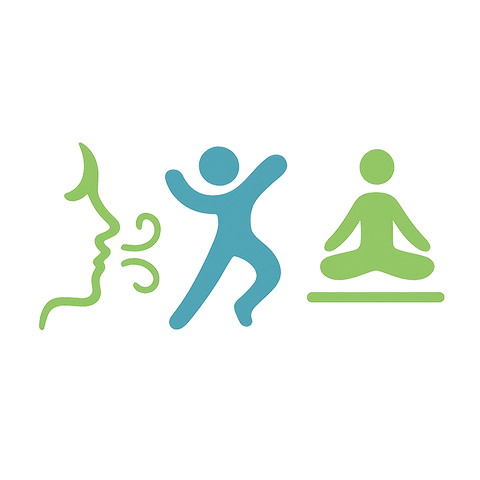Mastering Damping Techniques for Endurance Athletes: A Comprehensive Guide
As an endurance athlete, you’re no stranger to the toll that long hours of training can take on your body. The grind of running marathons, cycling long distances, or swimming laps can lead to fatigue, soreness, and even injury if not managed properly. That’s where damping techniques come into play—a crucial aspect in the pursuit of peak performance and sustainability in your training regime.
What is Damping?
Damping, in a physical sense, refers to the process of reducing oscillation or vibration. In the context of endurance sports, it translates to the strategies and methods you employ to mitigate the physical stresses your body experiences during prolonged activities. Effective damping techniques can help manage fatigue, improve recovery, and enhance your overall performance.
The Emotional and Physical Connection
For many endurance athletes, the journey is an emotional one, intertwined with passion, perseverance, and the pursuit of personal challenges. However, the physical ramifications of pushing your limits can lead to feelings of fatigue and frustration. By mastering damping techniques, you can create a balance that allows you to enjoy the journey without falling victim to overtraining or injury.
Techniques to Implement Damping
1. Active Recovery
Active recovery is essential for managing fatigue and soreness. This could involve low-intensity workouts, such as light jogging, cycling, or yoga, which maintain blood flow to your muscles and help reduce stiffness. Integrating rest days with light activity will keep your body in tune without overwhelming it.
2. Cross-Training
Diversifying your training through cross-training can significantly enhance your damping process. By engaging in other forms of exercise, you can reduce the repetitive stress on specific muscle groups, allowing for recovery while still maintaining fitness levels. Swimming or elliptical workouts are excellent options that can support your endurance goals.
3. Foam Rolling and Massage
Another invaluable damping technique is the use of roll massage therapy. Foam rolling aids in breaking down muscle knots and improving circulation, while professional massages can address deeper muscle tension. Allocating time for these treatments in your training plan will not only enhance recovery but also promote relaxation and a better mental state.
4. Nutrition and Hydration
Your body is like a finely-tuned engine, and proper nutrition plays a pivotal role in its functioning. Emphasizing a diet rich in macronutrients, vitamins, and minerals will support muscle repair and growth. Don’t forget hydration; staying well-hydrated is essential for optimal performance and recovery.
5. Mindfulness and Stress Management
Damping isn’t just about the physical aspects; mental fatigue can be just as taxing. Implementing mindfulness techniques, such as meditation and visualization, can significantly ease emotional stress. By fostering a positive mental space, you can enhance your focus, improve your endurance, and maintain a strong connection with your fitness journey.
Building the Right Routine
It’s essential to weave these damping techniques into your training routine. Tailor your schedule to include a mix of high-intensity workouts, active recovery days, and cross-training sessions. Listen to your body and adjust your practices according to how you feel; this personalized approach will allow you to master the art of damping and unlock your full potential as an endurance athlete.
Ultimately, the journey of an endurance athlete is one of resilience and growth. By adopting effective damping techniques, you not only safeguard your health but also enhance your performance, turning every challenge into an opportunity for improvement. Remember: it’s not just about crossing the finish line; it’s about enjoying every step of the way.




